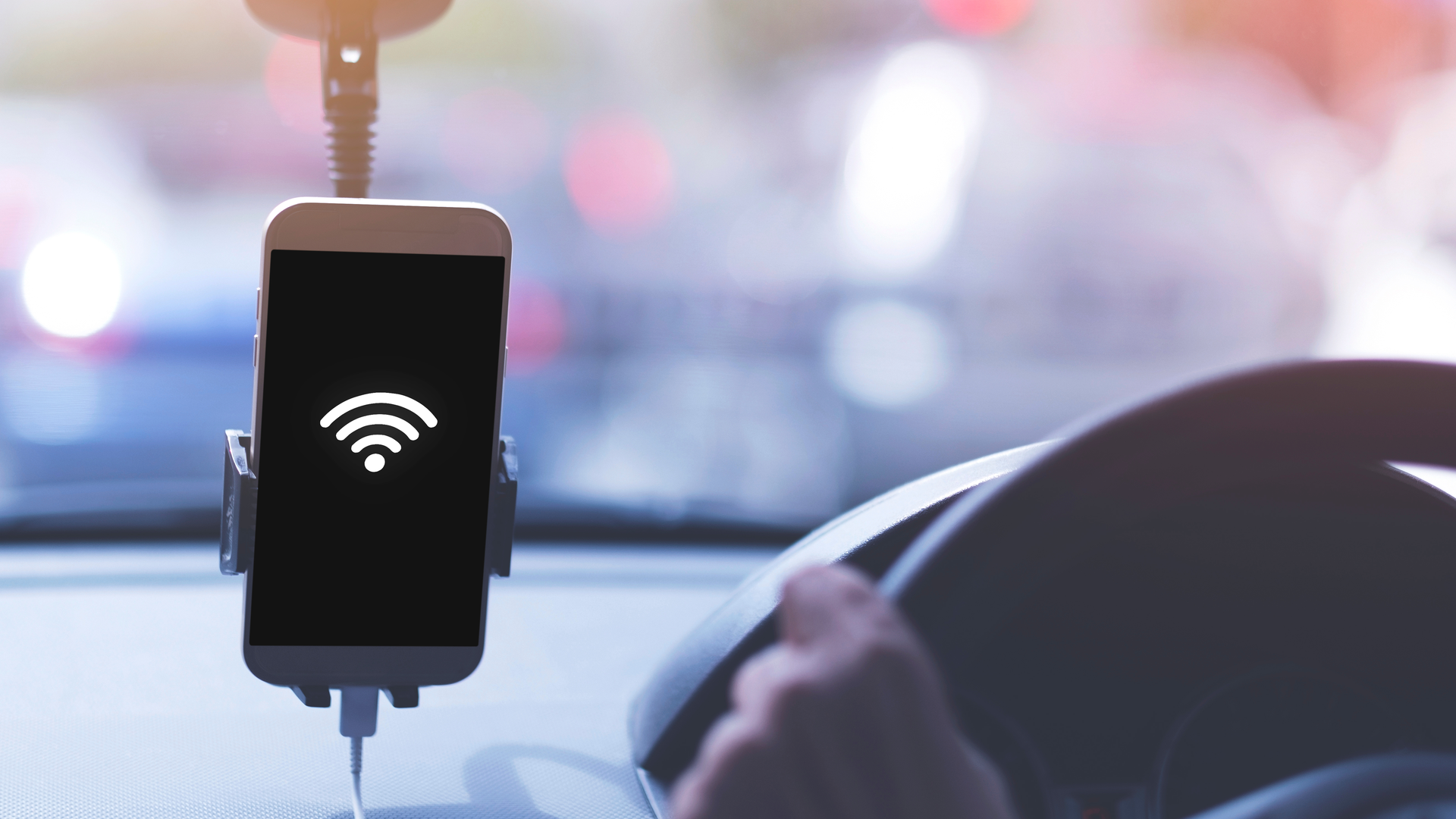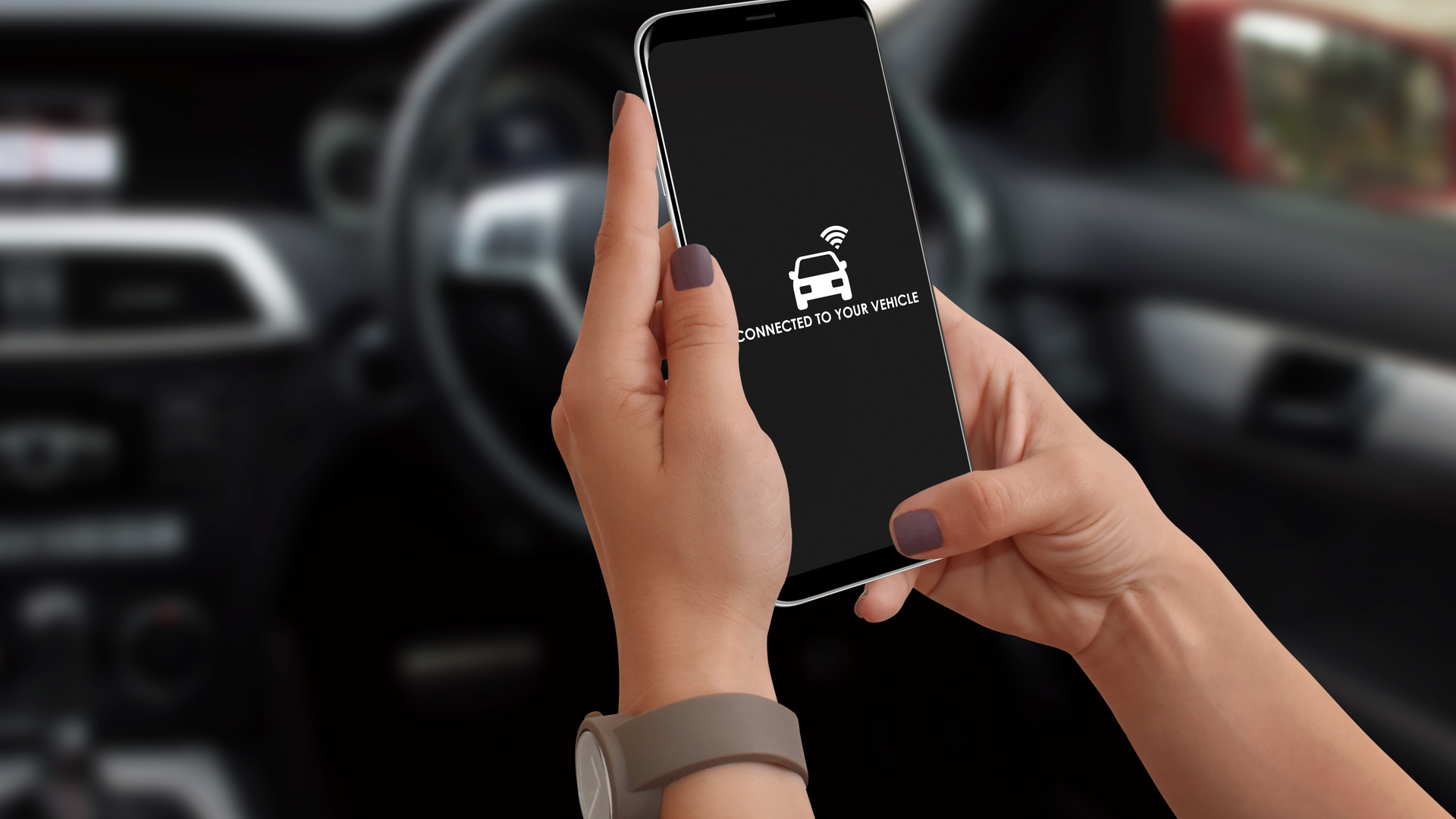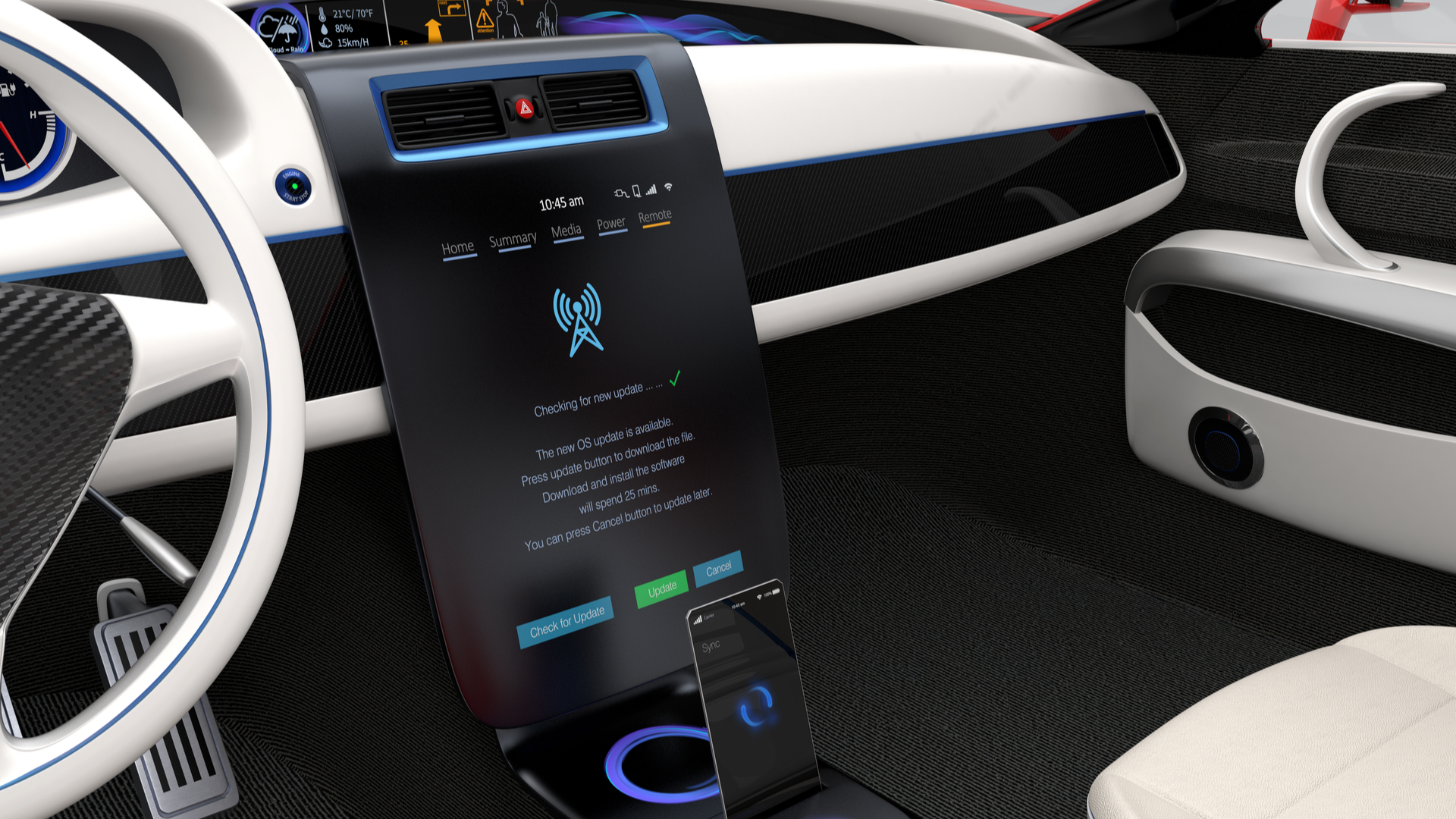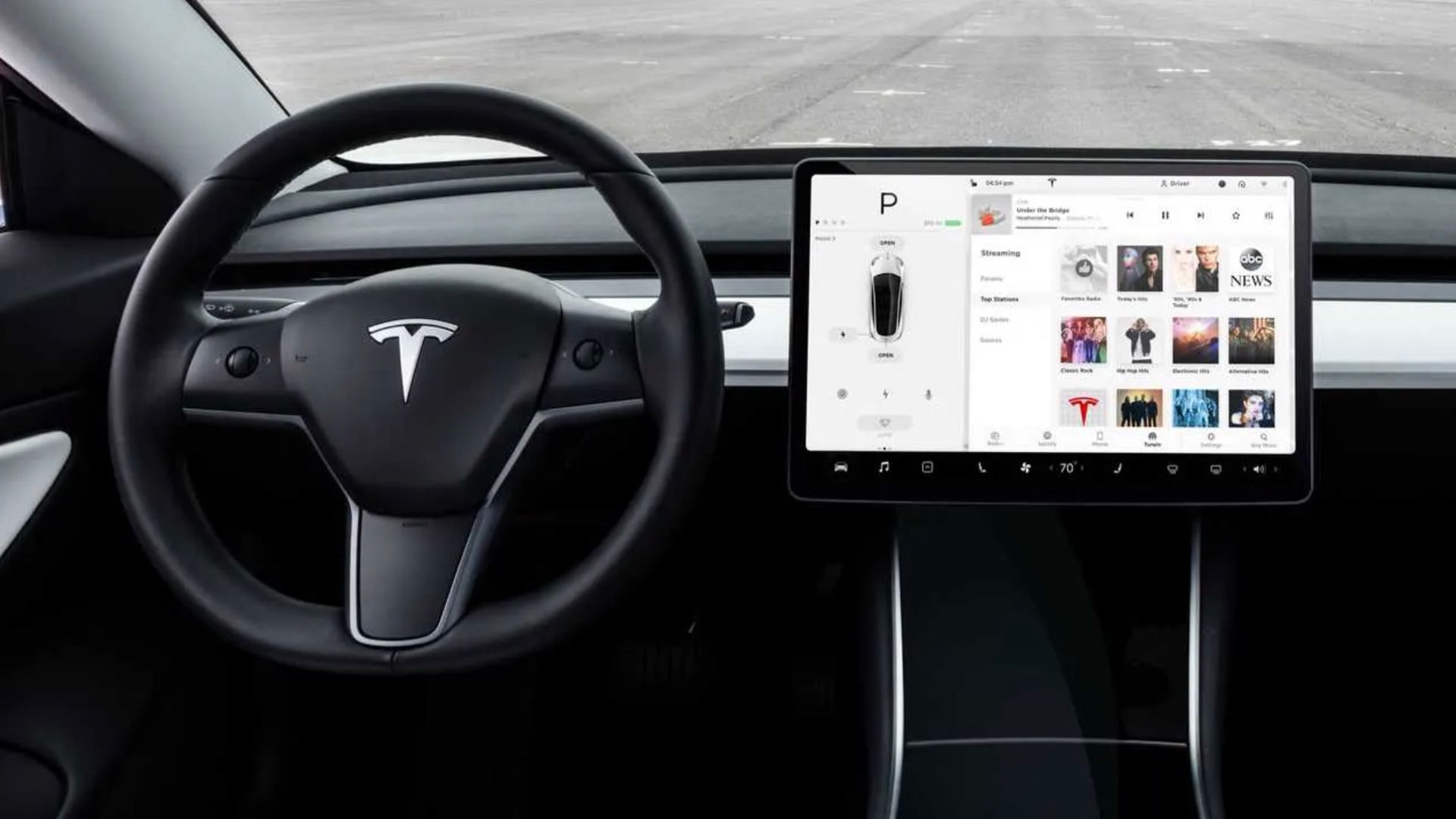Quick Links
These days having reliable access to the internet is pretty essential, and that includes while you're in a car. Thankfully, car Wi-Fi is becoming increasingly more common, but it's not always clear how it works, how fast it is, or if you (and passengers) can use it when the car is off.
Many new vehicles come with in-car Wi-Fi, but it's usually only a free trial to show owners how great the feature is. Once that trial expires, you'll have to decide if it's worth keeping. Plus, most electric vehicles rely on that connection for software updates, fancy features, and more. It's not just for streaming Netflix on a tablet for the kids.
So, whether you're considering enabling car Wi-Fi on your new ride, or are simply looking for more information, here's a quick explainer on how car Wi-Fi works.
How Does Car Wi-Fi Work?
If your new car has Wi-Fi or you recently added internet to your vehicle, you're likely wondering how it works. Contrary to popular belief, car Wi-Fi systems use the same connections as your phone, which is cellular connectivity.
Even OnStar, which does use Global Positioning Systems (GPS) satellite technology to track your vehicle, relies on cellular carriers such as AT&T, T-Mobile, or Verizon for Wi-Fi in cars. Maps and navigation often use GPS, while streaming movies, TV, or music relies on a 3G or 4G LTE cellular data connection. Whether you added Wi-Fi yourself or the car came with it, it'll connect to the internet the same way your phone does.
Your car essentially has a chipset similar to what's inside a smartphone, and that modem chip talks to and interacts with cell towers throughout the United States. You or your passengers can connect to the in-car Wi-Fi the same way as connecting to Wi-Fi at home, a hotel, or a nearby coffee shop.
You likely use a dedicated internet service provider (ISP) at home, often with hardwired cables and a Wi-Fi router. Your laptop connects to that signal. A vehicle connects to the internet through a cellular data connection, then broadcasts the cellular data signal to nearby devices using your car as a mobile hotspot. See the difference?
On a smartphone, tablet, or infotainment system, you search for and find the Wi-Fi network name of your vehicle, enter a password, and you're all set. Your car's dash should connect independently, but you'll need to connect other devices like a tablet or laptop manually.
Many newer vehicles from Ford and Tesla have cellular connectivity for Wi-Fi but can also connect to nearby hotspots in town from AT&T, Comcast, or other partners and providers. But that's your vehicle connecting to nearby wireless access points without using its built-in connection.
Does Wi-Fi Work When Your Car Is Off?
If you're wondering if in-car Wi-Fi works when the car is off, we have that covered too. This question can be tricky as it varies depending on the vehicle manufacturer. However, for the most part, car Wi-Fi works as long as you have the key turned to the ON position.
Your car doesn't have to be on with the engine running to have internet access, just like it doesn't have to be running for the radio to turn on. In-Car Wi-Fi modems will turn on when you turn the key and use battery power.
Remember that you don't want to sit for too long and use a car's radio or Wi-Fi when the vehicle isn't running, as you'll eventually run the battery down.
How Far Does Car Wi-Fi Work?
Another myth is that car Wi-Fi works anywhere, even out in the wilderness, where a smartphone won't be able to get online or make phone calls. A family member of mine recently bought a new Chevy truck and expected it to have internet access while we went out for a camping trip, but for the majority of built-in systems, that's not the case.
While you can buy a fancy satellite-based internet plan for your vehicle, almost all auto manufacturers in the United States deliver Wi-Fi (car connectivity) through AT&T, T-Mobile, Verizon, or other mobile internet providers and their cell towers. This means if you're somewhere where a phone won't work, your car's internet won't work either.
What about using your car Wi-Fi from a distance, like at the park? You can get internet from your vehicle while sitting in the back seat or at a nearby park bench as long as you're not too far away. Most in-vehicle internet systems can transmit a Wi-Fi signal up to 30 feet away.
Think of it like this. You can probably access your Wi-Fi at home from the backyard or the garage, but the connectivity drops if you go too far away. Many car Wi-Fi systems with the hotspot feature work the same way. If the car is on and you've activated the hotspot, you can connect to it even when you're not inside the car, just don't wander too far away from the vehicle.
If you've been debating whether or not you should get car Wi-Fi, just know it's totally worth it. Once you realize how useful it can be for day-to-day driving, road trips, streaming, scheduling service appointments, or keeping up with maintenance, you'll never want to go without it.
As long as you know what to expect and where car Wi-Fi and hotspots will work, you'll be fine.




